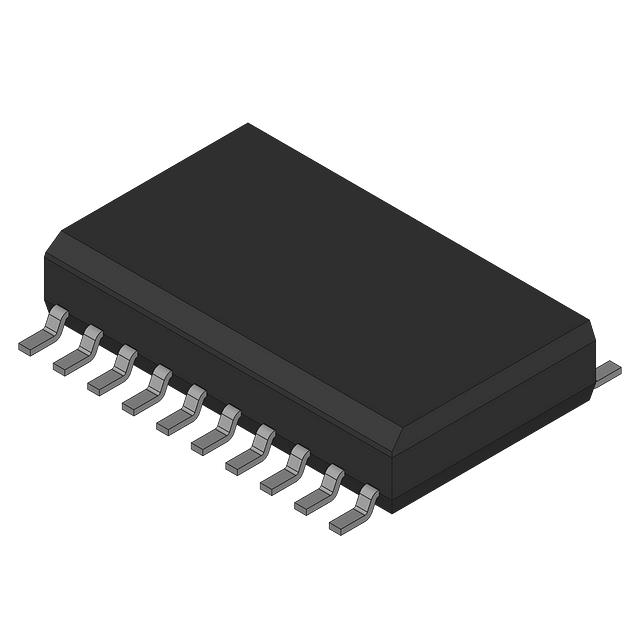SN74LS671DW
Manufacturer No:
SN74LS671DW
Manufacturer:
Description:
PARALLEL IN PARALLEL OUT
Datasheet:
Delivery:





Payment:




In Stock : 1590
Please send RFQ , we will respond immediately.









SN74LS671DW Specifications
-
TypeParameter
-
Supplier Device Package-
-
Package / Case-
-
Mounting Type-
-
Operating Temperature-
-
Voltage - Supply-
-
Function-
-
Output Type-
-
Logic Type-
-
PackagingBulk
-
Product StatusActive
-
Series*
The SN74LS671DW is a specific model of integrated circuit chip, which is a 4-bit binary counter. Here are some advantages and application scenarios of this chip:Advantages: 1. Compact and integrated: The chip combines multiple logic gates and flip-flops into a single package, reducing the overall size and complexity of the circuit design. 2. Low power consumption: The chip is designed to operate at low power levels, making it suitable for battery-powered devices or applications where power efficiency is important. 3. High-speed operation: The chip is capable of operating at high clock frequencies, allowing for fast counting and data processing.Application scenarios: 1. Digital counters: The SN74LS671DW chip can be used as a basic building block for designing digital counters in various applications. It can count up or down based on the clock input and can be cascaded to create larger counters. 2. Frequency division: The chip can be used to divide the frequency of an input signal by a factor of 16 (2^4), allowing for frequency division applications such as clock signal generation or frequency scaling. 3. Timing and synchronization: The chip can be used in timing circuits or synchronization systems where precise counting or sequencing is required. It can be used to generate timing signals, control events, or synchronize multiple devices. 4. Data processing: The chip can be used in digital data processing systems where binary counting or sequencing is required. It can be used for tasks such as address generation, data routing, or state machine control.It's important to note that the specific application scenarios may vary depending on the overall circuit design and requirements.
SN74LS671DW Relevant information







